As winter draws to a close and the final snow melts, it is high time to start considering the storage of the snow blower. But how you keep your snow blower during the off-season, including its snow blower motor parts, can greatly affect how long it will last and how well it will work the next time the snow falls. Storing the machine properly will prevent you from having to spend a lot of money on repairs, will make sure that the machine is ready for use when you need it and will also increase the machine’s life span.
In this ultimate guide, we will guide you on how to store your snow blower, provide tips on its maintenance and things you should not do. Here are some tips that you should follow to make sure that your snow blower will be in its best shape once again when winter comes.
Why Proper Snow Blower Storage Matters
Proper storage is important to maintain the health and functionality of snow blowers. Although you may not need the machine during the summer, failure to store it well will result in rust, spoiled fuel, blocked engines, and infestation. Critical snow blower parts like the auger, carburetor, and snow blower motor parts can suffer from neglect during the off-season. A snow blower that has not been maintained during the off season means that come winter when you want to clear your driveway you find that the machine is not working properly.
If you dedicate some time to clean, maintain and store your snow blower correctly, you will be sure that it is ready to be used when the snow is falling. Further, storage helps to avoid frequent repairs, which means that small problems will not turn into large ones, and the company will save money.
Also read on: Snow Blowers: Here's Everything You Need to Know
Essential Steps for Preparing Your Snow Blower for Storage
Preparing your snow blower for storage involves several crucial steps to ensure it remains in good working condition for the next winter. These tasks not only protect your equipment from wear and tear but also help prevent common issues such as rust, fuel degradation, and engine clogs. Follow these essential steps to give your snow blower the best chance of performing flawlessly when it's time to clear snow again.
Clean the Machine
Before storing your snow blower, it’s essential to clean it thoroughly. This step will prevent dirt, debris, and snow from accumulating, which can cause rust and other long-term issues. Start by removing any visible snow and ice from the blower and the auger (the rotating blades inside the machine). Be sure to clear out any buildup of mud, ice, or dirt around the chute and blades, as this can affect performance the following winter.
Use a brush or a rag to wipe down the snow blower, paying special attention to crevices where dirt can accumulate. If your machine has a plastic or metal body, use a gentle cleaning solution or soap with water to clean the surface. Avoid using high-pressure washers, as they can force water into sensitive areas, leading to electrical damage or rust.
Drain or Stabilize Fuel
Fuel left in the tank and carburetor during the off-season can cause serious damage to the engine. Gasoline can break down over time, leaving behind a sticky residue that clogs up the carburetor and prevents the engine from starting. To avoid this problem, you have two options: drain the fuel tank completely or stabilize the fuel.
Draining the Fuel: If you prefer to drain the fuel, start by running the engine until the fuel tank is empty. Afterward, remove any remaining gas from the carburetor. This will ensure that no fuel is left to gum up the carburetor and cause future problems.
Stabilizing the Fuel: If you’d rather not drain the tank, you can use a fuel stabilizer. These additives are designed to prevent fuel from deteriorating during the off-season. To use a stabilizer, add it to the fuel tank as per the manufacturer’s instructions, and then run the engine for a few minutes to allow the stabilized fuel to flow through the carburetor and engine.
Perform Routine Maintenance
Even though the snow blower won’t be in use for several months, performing regular maintenance during storage is essential to keep it running smoothly. The following maintenance tasks should be done before storing your snow blower:
Change the oil: Old oil can become thick and less effective over time. Drain the old oil and replace it with fresh, manufacturer-recommended oil. This will keep the engine properly lubricated and prevent internal wear.
Inspect the spark plug: Remove and inspect the spark plug. If it looks worn or dirty, replace it with a new one. This simple step ensures that your snow blower will start easily when you need it again.
Lubricate moving parts: Apply a light coat of oil or grease to the moving components, such as the auger and chute. This will prevent rust and ensure smooth operation once the machine is back in use.
Check the air filter: A clogged air filter can affect engine performance. Clean or replace the filter as needed to ensure maximum airflow.
Store in the Right Location
Where you store your snow blower during the off-season is just as important as how you prepare it. You want to keep the machine in a dry, cool, and clean environment, away from moisture that could cause rust. A garage, shed, or basement is usually an ideal spot.
It’s crucial to store the snow blower in an area where temperature extremes won’t occur. Storing the machine in a place that’s exposed to heat, such as a hot attic, can cause rubber and plastic components to crack or degrade. On the other hand, storing in a place that’s too damp can result in rust. Aim for a location where the temperature remains stable and is free from excess humidity.
Use a Cover
Even if your snow blower is stored in a sheltered space, covering it with a protective tarp or cover is still a good idea. A cover protects the machine from dust, moisture, and pests that may be attracted to the area during the off-season. Make sure the cover is breathable to prevent mold and mildew buildup.
Schedule Periodic Checks
It’s a good idea to periodically check on your snow blower during the off-season, especially if it’s stored in a location where pests or moisture might be an issue. At least once a month, take a quick look to make sure the machine is still covered and that no rust or damage is developing. If you catch any issues early, you can address them before they become more serious.
Choosing the Best Storage Space for Your Snow Blower
When selecting a storage space for your snow blower, keep the following considerations in mind:
Temperature Control: Extreme temperature fluctuations can cause damage to your snow blower’s components, particularly rubber seals and plastics. A space with a moderate and consistent temperature is ideal.
Dryness: A dry environment is essential to prevent rust. Avoid storing your snow blower in an area where humidity levels are high or where it’s exposed to direct moisture (such as a shed without proper ventilation).
Security: Make sure the space is secure to avoid theft or vandalism. If your snow blower is stored in a shared space, ensure that it’s well-protected and safely out of the way.
Looking for top-quality replacement parts for your snow blower, lawn mower, or power tools? Explore our extensive selection, including auger assembly, auger belts, shear pins, scraper bars, paddles, and skid shoes, to keep your equipment running smoothly at WholeToolBox.
Best Maintenance Practices During the Off-Season for Snow Blowers
Besides cleaning and preparing your snow blower for storage, the following maintenance practices will keep it in good shape over the off-season:
Change the oil regularly: Even during the off-season, oil can break down and become less effective. If your snow blower is due for an oil change, be sure to do so before storing it for the season.
Inspect belts and cables: Over time, belts and cables can wear down or become loose. Checking these parts periodically can save you from major repairs down the road.
Lubricate the auger and chute: Keeping the moving parts lubricated prevents rust and ensures that your snow blower operates smoothly when you take it out for the first snowfall.
For more information read on: Snow Blower Maintenance: How to Fix Common Issues
Common Mistakes to Avoid When Storing a Snow Blower
To ensure your snow blower stays in top shape, here are a few common mistakes to avoid:
Leaving fuel in the tank: Old gasoline can clog the carburetor and damage the engine. Always drain or stabilize the fuel before storing.
Skipping maintenance: Neglecting to change the oil, clean the spark plug, and lubricate parts can lead to poor performance when you use the snow blower next winter.
Storing in a wet or humid environment: Moisture can cause rust and corrosion, which can affect the machine’s performance. Always store your snow blower in a dry area.
Not using a cover: Even in a garage, a cover helps protect your snow blower from dust and debris, which could cause long-term damage.
Preparing Your Snow Blower for Winter After Storage
Once the off-season ends and winter arrives, it’s important to ensure that your snow blower is ready to handle the cold weather. Check the fuel to ensure it hasn’t deteriorated, inspect the spark plug, and verify that all parts are lubricated and functioning properly. After a few quick checks, you’ll be ready to start clearing snow in no time!
Conclusion
Proper storage and maintenance of your snow blower during the off-season are key to ensuring it performs at its best when winter comes around again. By following these simple steps—cleaning the machine, draining or stabilizing the fuel, performing routine maintenance, and storing it in a dry, secure place—you’ll extend the life of your snow blower and ensure it’s ready to tackle the next round of snowstorms.
Taking the time to care for your snow blower during the warmer months will save you headaches, time, and money when the snow falls once more.
FAQs
Is it bad to leave gas in a snowblower over summer?
Yes, leaving gas in the snowblower over the summer can lead to fuel degradation, causing clogs in the carburetor and potential engine damage. It’s best to either drain the fuel or add a stabilizer to preserve it.
Can I store my snowblower outside in winter?
Storing your snowblower outside in winter is not recommended as exposure to moisture, snow, and extreme temperatures can cause rust and damage. Always store it in a dry, sheltered location, such as a garage or shed.
Is it better to store a snow blower with or without gas?
It’s better to store a snow blower without gas or with stabilized fuel to prevent fuel degradation and carburetor clogs. If you leave gas in, make sure to add a fuel stabilizer and run the engine to ensure the stabilizer reaches all parts.

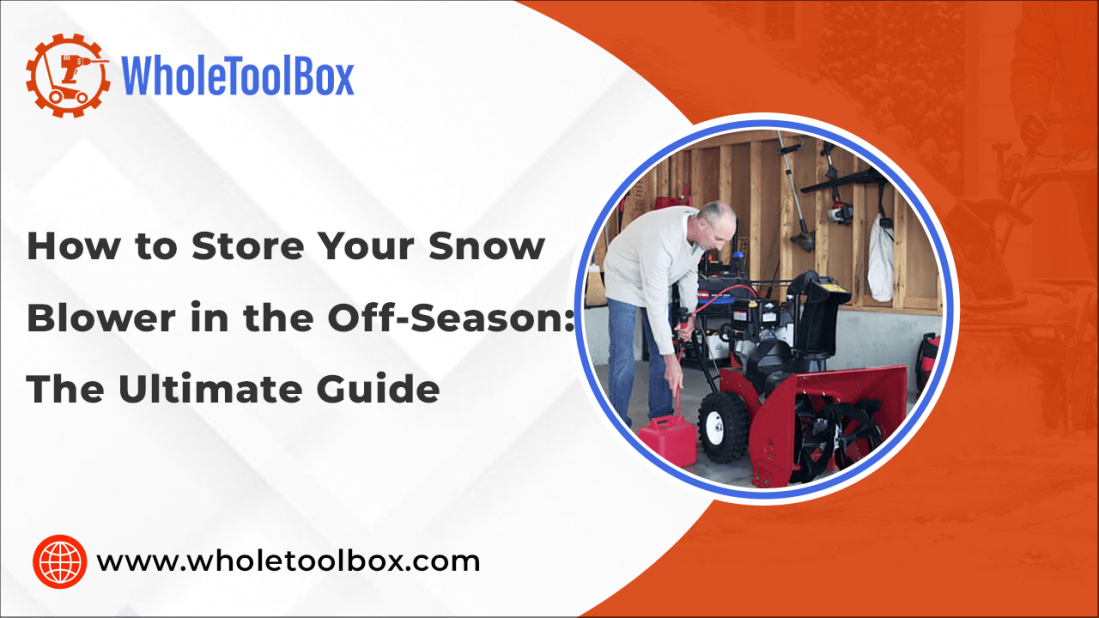
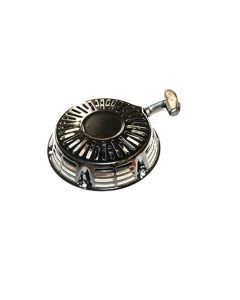
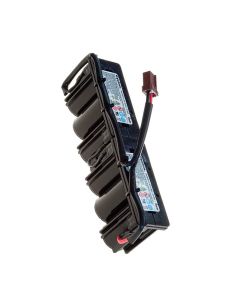


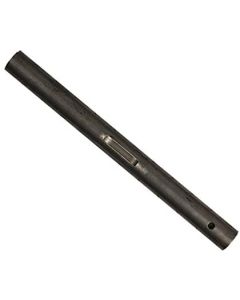


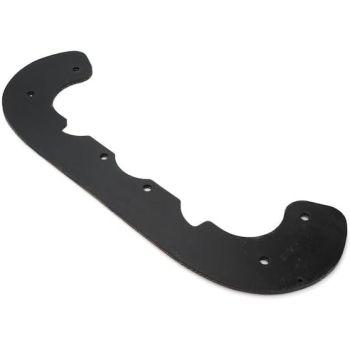
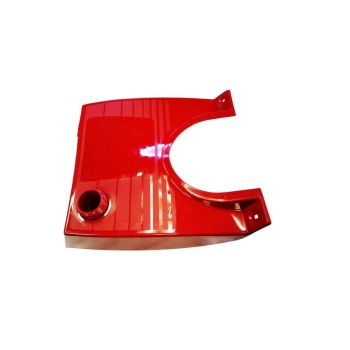

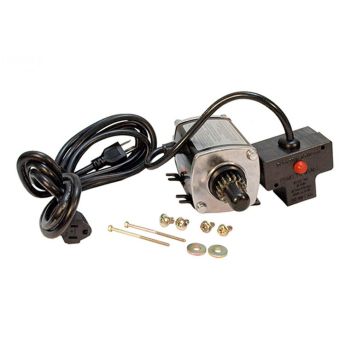


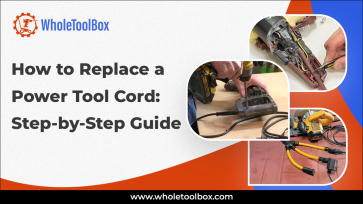


Validate your login